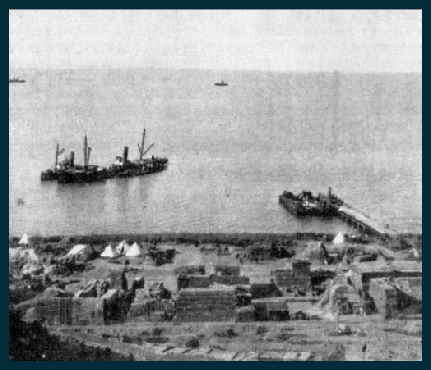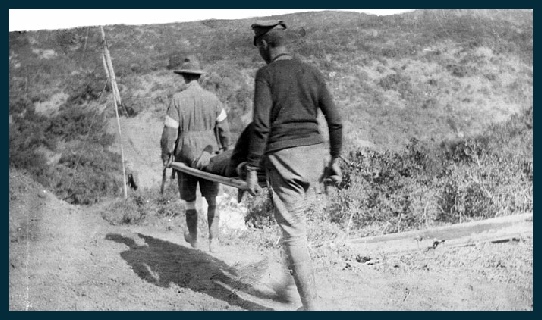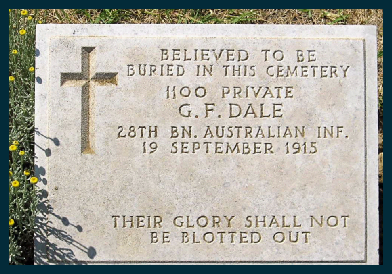Copyright © All rights reserved.



George Dale
George Frederick Dale was born in the first quarter of 1889 and his birth was registered in Malton. He was the elder son of William and Caroline (nee Gledhill) who married in the Leeds area in the second quarter of 1882.
In 1891 the family was living at 3, Market Street in Malton, above William’s draper’s shop.
1891 Census – resident at Market Street, Malton
DALE, William, Head, Married, M, 39, Draper, Nunnington Yorkshire,
DALE, Caroline, Wife, Married, F, 38, , Leeds Yorkshire,
DALE, Clarice, Daughter, , F, 6, Scholar, Malton Yorkshire,
DALE, Geo Fredk, Son, , M, 2, , Malton Yorkshire,
ACEY, Sarah Jane, Servant, Single, F, 21, General Domestic Servant, Norton Malton Yorkshire,
ACEY, Hannah Maria, Nurse, , F, 14, General Domestic Servant, Norton Malton Yorkshire,
Ten years later, in 1901, little had changed and the family were still there.
1901 Census – resident at 3 Market Street, Malton
DALE, William, Head, Married, M, 48, General Draper, Nunnington Yorkshire,
DALE, Caroline, Wife, Married, F, 47, , Leeds Yorkshire,
DALE, George Frederick, Son, Single, M, 12, , Malton Yorkshire,
DALE, William Ernest, Son, Single, M, 9, , Malton Yorkshire,
ARUNDALE, Annie, Servant, Single, F, 19, General Servant Domestic, Scagglethorpe Yorkshire,
In 1905 William expanded the shop into the next door no.5, taking over from the rope-
According to his attestation papers, George worked for three years as an apprentice as a Civil Engineer with Robert Richardson in Yorkshire. This would presumably have been the Robert Richardson recorded in the censuses as Surveyor to Malton Borough Council. At this point he seems to have decided that emigration held more prospects than working in Malton and it seems likely that he emigrated to Australia in April 1910, sailing to Sydney on the “Osterley.” On arrival he seems to have got a job as a labourer.
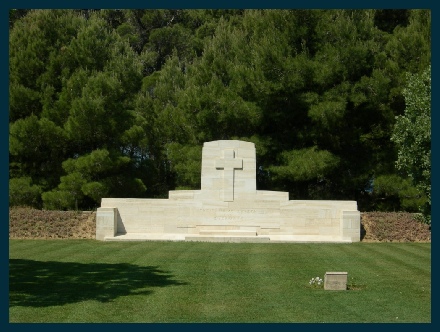
George was killed in action on 19th September, just a week after arriving at Gallipoli.
On 8th December a letter was sent to his mother Caroline to let her know of his death; he had left no will, nor personal effects.
He was buried in Chailak Dere Graveyard No. 2 by Chaplain Revd W. J. Stevens. In 1923, the bodies from this cemetery were exhumed and reburied in the Embarkation Pier Cemetery, where he is commemorated (Grave Reference Sp. Mem. B. 46.).
"Traveller, south or west,
Go, say at home we heard the trumpet call,
And answered. Now beside the sea we rest.
Our end was happy if our country thrives:
Much was demanded. Lo! our store was small—
That which we had we gave—it was our lives."
After the outbreak of war, George signed up for the Australian Imperial Force on 15th May 1915 at Blackboy Hill, Western Australia. Blackboy Hill was the primary training camp for recruits in Western Australia. At the time of his enlistment he was 5’7” tall and weighed 9 st. 7 lbs. he had brown hair and eyes and as well as acne scars across his shoulders had “M.E.” tattooed on each forearm (It is tempting to think that M.E. might have been Margaret Eden, a tailor’s daughter from Church Lane who was about two years older than him, but this is pure conjecture!). George was posted to the 28th Battalion which had been raised at Blackboy Camp on 16 April 1915. The battalion left Fremantle on 29 June on the transport ship “Ascanius” bound for Alexandria.
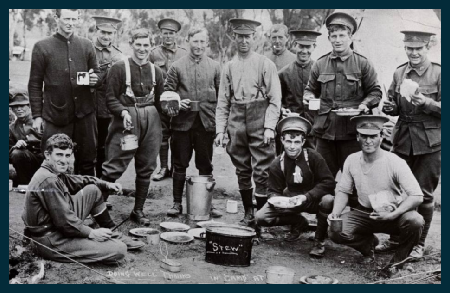
Four Trains running at intervals of two hours, were used to convey the troops from the ship's side to the neighbourhood of Cairo. For part of the journey the railway ran parallel with and in sight of the Canal. Though almost entirely desert, the country was not without interest to the new arrivals. Oaseswere marked by palm trees or by crops of a vivid green hue and the costumes of the natives; the flat-
By midnight the last of the troops, detrained at a military siding near by, had reached the camp and taken shelter for the time being in a number of open-
The first day in the new camp was one of discomfort and worry. No brigade or divisional staffs were present to assist and advise as to the new conditions. The source of supplies had to be ascertained, kitchens constructed, baggage sorted, and the lines, which were indescribably dirty, cleaned up. All ranks were tired with the previous day's long hours and badly needed a hot meal which, at first, could not be satisfactorily supplied. A few men strayed away to Heliopolis, where they found members of the 5th and 6th Brigades, whose local knowledge they availed themselves of in their search for creature comforts. Fortunately other friends were near in the 13th Light Horse Regiment, which was temporarily occupying part of Abbasia Camp. The members assisted greatly in the settling down process and, in consequence, by the night of the third day tents were pitched, cooking arranged for, and the comfort of the individual much improved. Very shortly after, further advantages were provided in the shape of a regimental institute where fruit, groceries, and liquor could be procured. This scheme was subsequently extended in the direction of establishing a restaurant, a fruit and ice cream tent, a newsvendor's stall, and a barber's shop.
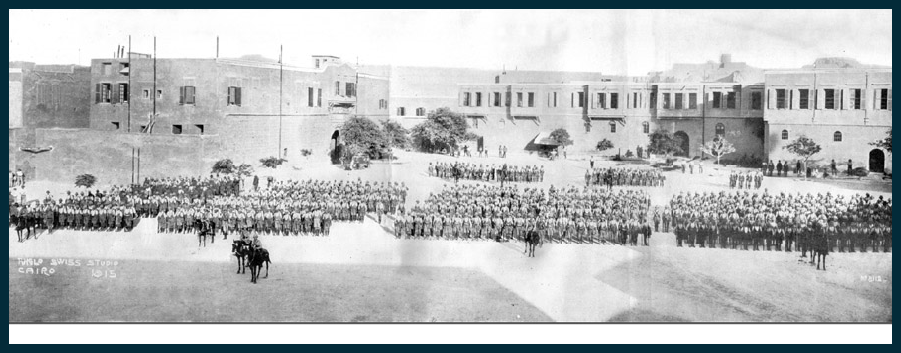
Of course news of the progress of the troops on the Gallipoli Peninsula was eagerly sought, mainly from the wounded and sick in the neighbouring hospitals. These men related their own experiences and impressions of the stupendous task of the landing parties and the heroism with which they had held on to the ground gained under devastating enemy fire and the ravages of disease.
The organisation of the forces in Egypt brought the Australians under the supreme command of Sir John Maxwell, but they, and the New Zealanders, were grouped under the immediate command of Major-
After two months spent training the Battalion embarked at Alexandria on S.S. “Sarnia” on 5th September 1915 arriving at Anzac cove, Gallipoli on 11th September. They disembarked, and leaving a beach party of 2 officers and 105 O.R., bivouacked at Bauschop’s Hill, before taking over the Apex from the New Zealand Infantry. On 12th September, leaving “A” company in reserve the remaining companies took over the trenches at Lower Cheshire Slopes from the 4th Brigade.
